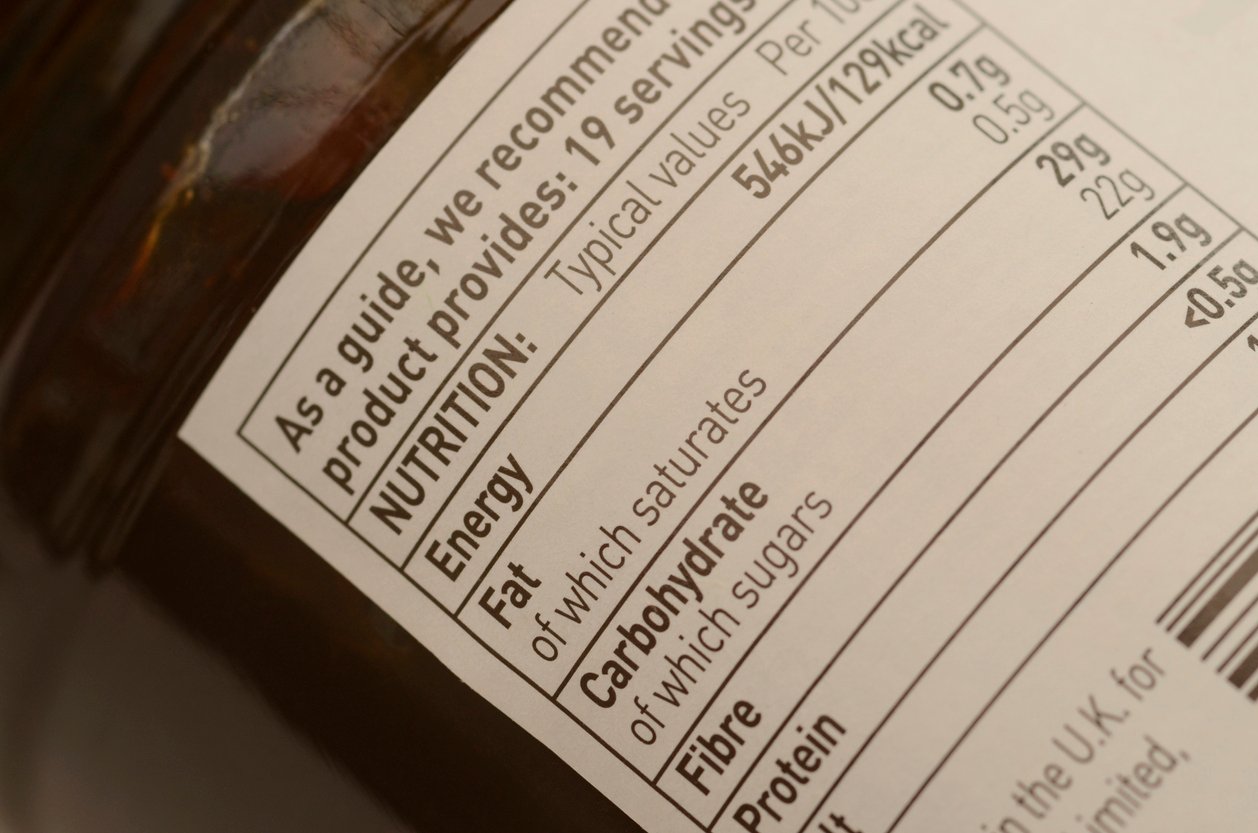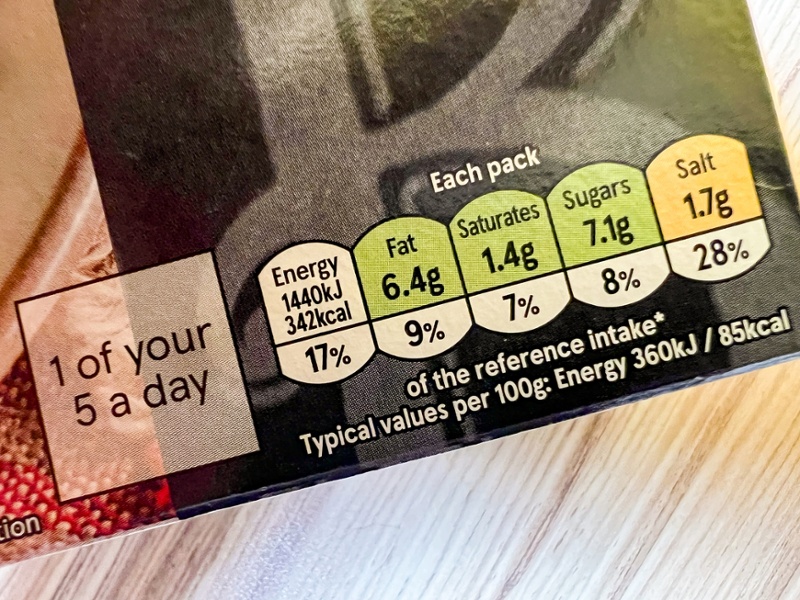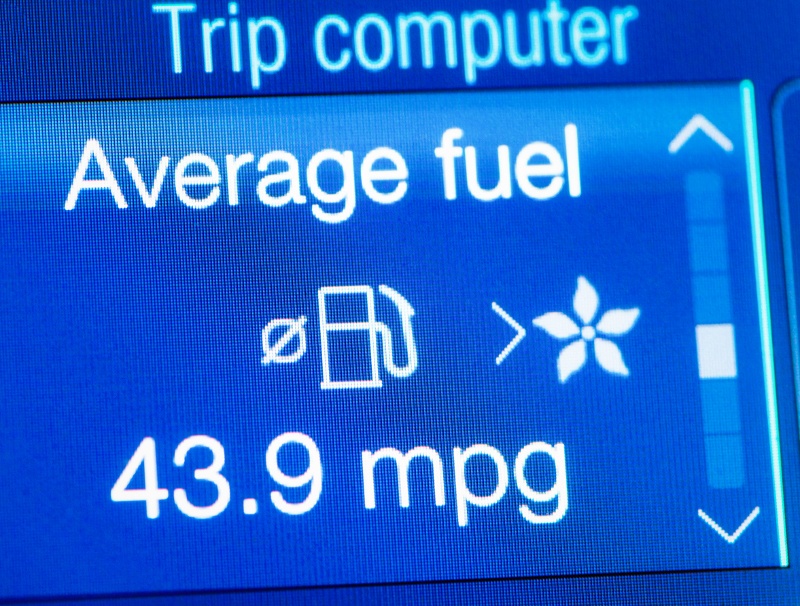
The calorie myth – why our construct of food energy is broken
Starting in the 1920s, with the pioneering book by Dr Lulu Hunt Peters, people have widely understood, and measured food in terms of “calories.” They are ubiquitous, on food labels, restaurant menus, in public health discussions, and across our whole discourse around nutrition.
Counting calories sounds simple - eat less than you use and you’ll lose weight. While the basic principle of using more energy than you consume to create an energy deficit, forcing your body to use energy stores to make up the difference, is a sound principle, there are two major issues with using calories in this way:
- A calorie is something that is measured in a laboratory but the human body measures energy in the form of blood glucose, not calories.
- The calories in calories out (CICO) model cannot be practically measured for everyday use.
Calories are hypothetical, from a lab
First, let’s define what a calorie is. In a laboratory, under controlled conditions, a calorie is the amount of energy it takes to heat 1g of water from 0°C to 1°C. The calorie content of food is a recording of the amount of heat energy given off when a sample of the food is completely burnt to ash, measured by the temperature change in an amount of water.
Although it can be approximated as a heat output, one “calorie” of energy in our food doesn’t really exist. The food that we eat is essentially stored chemical energy - every mouthful is a potential amount of energy that can be used. Our bodies then work to convert that potential amount of stored chemical energy into something they can use, but the amount that is actually extracted can vary considerably. Only after the body has interacted with the food – chewed it, swallowed it, mashed it in our stomachs, released it into the small intestine (the process of digestion) – does it become the energy (blood glucose) that our bodies can use. Our bodies don’t count calories, they make calories – ie heat – which is the essence of a warm-blooded animal. They understand and regulate energy in the form of glucose levels.

So when it comes to food labels, the calories are basically an estimate of the amount of (potential) energy that could be released when you’ve eaten and digested the food. It’s highly inaccurate, with a margin of error up to 20% allowed to be stated on the packaging itself. Then there’s a second variability due to the extremely complex context of each person’s body, which affects how much energy is ultimately extracted.
Our stomach and the rest of our digestive system do not adhere to tightly controlled laboratory conditions. The process of breaking down food into something our bodies can use is constantly adapting and responding to everything else that is going on in our bodies at the same time. There are a huge range of factors that can impact how much energy our body extracts - primarily the food we’ve eaten, but also our genetics and our history, whether we slept well, are fighting infection, have just exercised, our current stress levels, whether are we eating at our desk or with friends, and what else we've eaten, are just some of the contributing factors.
Our bodies are in a permanent state of flux. They require individualised and continuously adapting management of their energy system and nutrition. Our bodies are very different from the unchanging, tightly controlled, sanitised lab conditions that a calorie is formulated in.
Ultimately, this shows why the concept of “calories in” is quite ridiculous.
A fundamentally flawed construct
The practical issue – it’s impossible to measure calories in the real world – is compounded by a theoretical one: the calorie metaphor confuses inputs and outputs. Even in theory, as well as in practice, it is a flawed model. A calorie is a unit of heat – an output at the end of a metabolic process – but we are using it, and need to use it, as a proxy for inputs. How much food to eat, at what time, and so on.
As a practical example, car manufacturers state the average fuel consumption of their cars - let’s say 50 miles per gallon. But we know that if we are just driving around town, stopping and starting and going short distances we will get fewer miles of driving for that gallon. While you could ask for “50 miles worth of fuel, please” and you’ll get a puzzled look, and for good reason: it does not make sense. Driving around a city might require 2 gallons, but driving on a motorway might require just 1 gallon.

Talking about “calories” in food is the same. Just as petrol and diesel produce different performance per gallon, in the human body the types of food you eat act in the same way. Proteins, fats and carbohydrates each create different environments in your stomach and intestines and are accessible to the body in very different ways, causing variability in the amount of energy extracted. Sugar or carbohydrate will rapidly spike blood glucose, whereas proteins and fats take longer to break down before they are accessible as an energy source. This is why using the calorie as a common denominator for food choices is fundamentally flawed. Our bodies will not process one “calorie” of protein in the same way that it processes one “calorie” of fat or one “calorie” of carbohydrate.
It becomes very clear that the CICO model is fundamentally flawed. Eating 200 “calories” of birthday cake will be completely different to eating 200 “calories” of lean steak.
We now have a better alternative
There is a common denominator for working out which foods to eat, but this is not calories. Our bodies measure energy in the form of glucose, which it transports around the body in our blood to each of our 37 trillion cells.
Now that we have technology to measure blood glucose levels in close to real time we can make much better and more informed choices about the food we eat, rest and exercise. We can actively manage our energy system.
Limbo uses this data to track the actual impact of food, sleep and exercise on the body – we can now see what our bodies see. When combined with an app on your phone, you can watch, in real time, your level of energy and how it is affected by your current environment. This window into your energy system allows you to make informed decisions on what you need to keep in balance. Far more useful than guesstimating calories.
